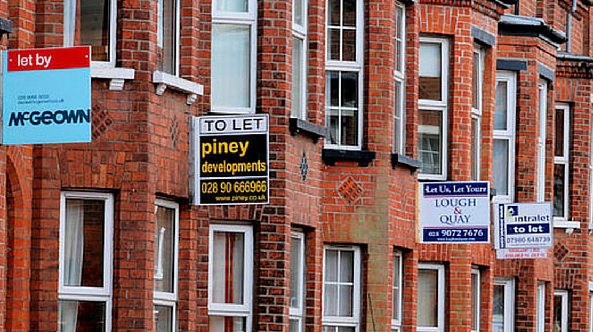In the current market, property investors are increasingly honing in on the best yields, and this is coinciding with more landlords leaving London.
New research has revealed that the number of landlords leaving London has been on the rise, as the number of available properties to rent in the capital slips to a new low. Such supply constraints are expected to continue to put pressure on tenants by pushing up prices further.
The data from TwentyCi looks at the number of properties listed for sale in July that were previously rented out, finding that more than a fifth (22%, or 617) of all newly listed properties on the market in inner London had been let out in the past decade.
This is a ten-year high since TwentyCi’s research began, and compares with 15.6% (395 homes) that were for sale in July 2023 having been previously rented out, and 12.9% (187 properties) in July 2019, which was pre-pandemic.
The research points towards a rise in the number of landlords leaving London, particularly when compared with the equivalent national average figure – with 9% of homes listed for sale across the UK in July 2024 having been let out over the past 10 years, which is significantly lower than the capital’s figure.
High rents but lower yields
House prices and rents in inner London remain significantly higher than the national average. TwentyCi’s report notes that the average asking rent in inner London is now £2,399 per month, compared with the average rent across the UK as a whole of £1,869 per month.
Meanwhile, Rightmove’s latest research indicates that the average London property price is now £750,153. This makes the capital the least affordable place to both buy and rent overall – but for property investors and landlords, the high prices could mean lower rental yields.
Recent research from Zoopla put the highest rental yields at the moment all in the North of England, led by the North East and the North West, where average rental yields can hit more than 8%. But London was listed as one of the lowest, with average yields of just 4.95%.
With mortgage costs eating into overall returns for landlords, and more so when rates are high, chasing better rental yields to boost returns is likely to contribute towards a trend of landlords leaving London for more lucrative options elsewhere.
Why else might landlords be leaving London?
As mentioned above, mortgage costs can play a big factor when it comes to working out a landlord’s potential profits. Since the rules changed around claiming tax relief on mortgage interest payments, this has been thrust into the spotlight for a higher number of investors looking at their outgoings.
While mortgage rates have improved over the course of 2024 – and remain historically low when looking back over the decades – they are still higher than they were two years ago, and are eating into landlords’ profits. Many have responded by upping their rents to recoup some of the costs.
More expensive locations are therefore more likely to face bigger borrowing costs at the moment, while cheaper areas allow more investors the option to buy with cash, or take out much lower levels of borrowing. This means these landlords are less affected by higher rates.
This is likely to be another key influence for some landlords leaving London. Diversifying into the North or the Midlands means greater affordability, potentially much lower borrowing costs, and the possibility of achieving higher rental yields.
Colin Bradshaw, CEO of TwentyCi, also pointed out that aspects such as a possible rise in capital gains tax, as well as potential new rules surrounding energy efficiency, could also be affecting landlords’ decision. This could lead to more landlords leaving London.
He said: “Overall, the rental sector has become much more expensive and unpredictable for landlords over the last decade.
“Landlords selling now obviously comes at a very difficult point for the private rented sector (PRS). Available properties to rent are at their lowest since TwentyCi has been recording data in the last 15 years, now at 276,000 in July 2024 for the whole of the UK, compared with 369,000 in July 2019 – a reduction of more than 25%.”










